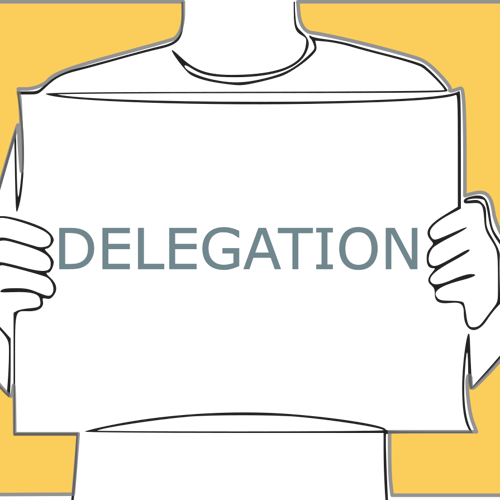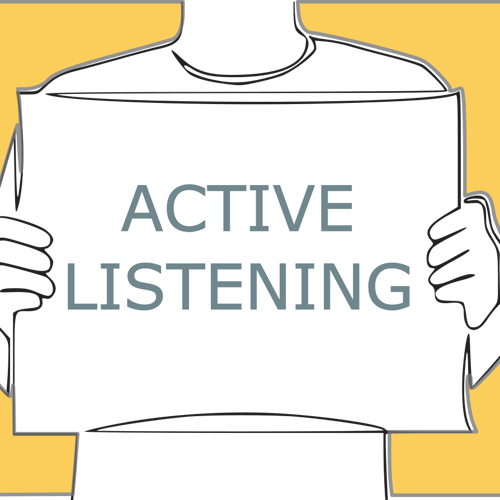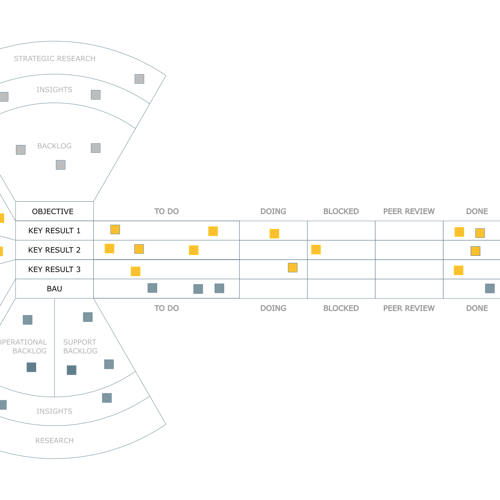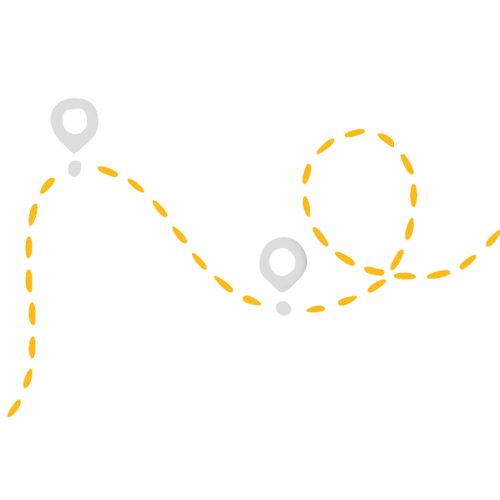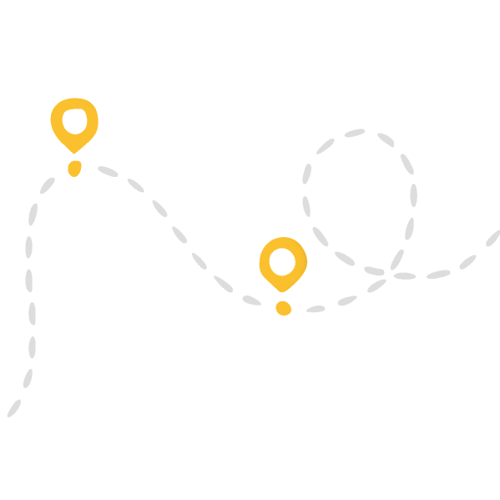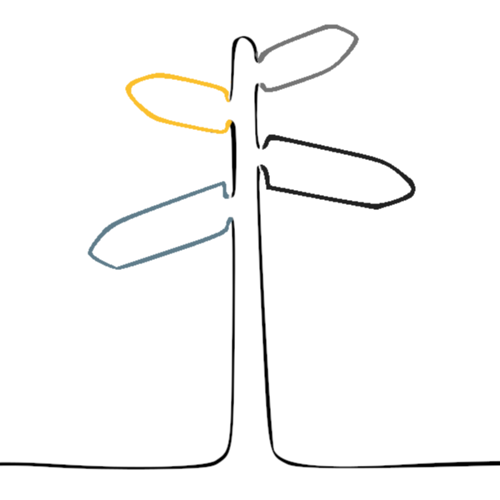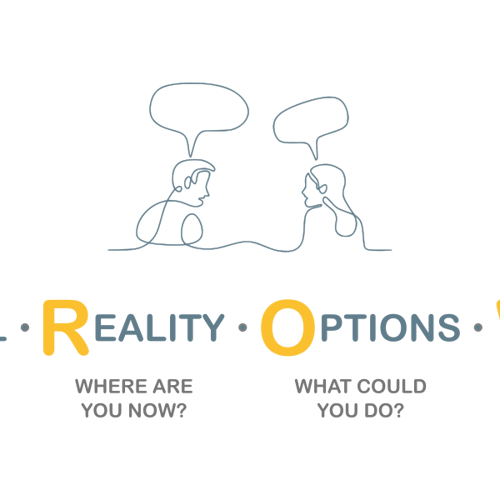I’ve always been a huge fan of visualising data and have long since used various board formats to visualise work and the workflow involved. This in mind, I’ve drawn many a Kanban board with the standard backlog, todo, doing & done - with various other stages dependant upon the team, company and stage. I attended Agile Manchester a couple of years ago where I first came across a more encompassing board that shared the stages before work landed with the development teams; and more recently worked with the teams at Redgate Software who embrace this hybrid board mindset.
Throughout the various teams I have worked with, there have been certain consistencies in their nature of work. For example, they have all had a focus of work and some support responsibilities; it is these that form the core workflow – but they are neither the beginning of it nor the end of the workflow. I've designed an agile board, which draws a number of similarities with a banjo. Before we dig deeper into the design and the similarities it has with the instrument, I want to call out the 3 high level parts
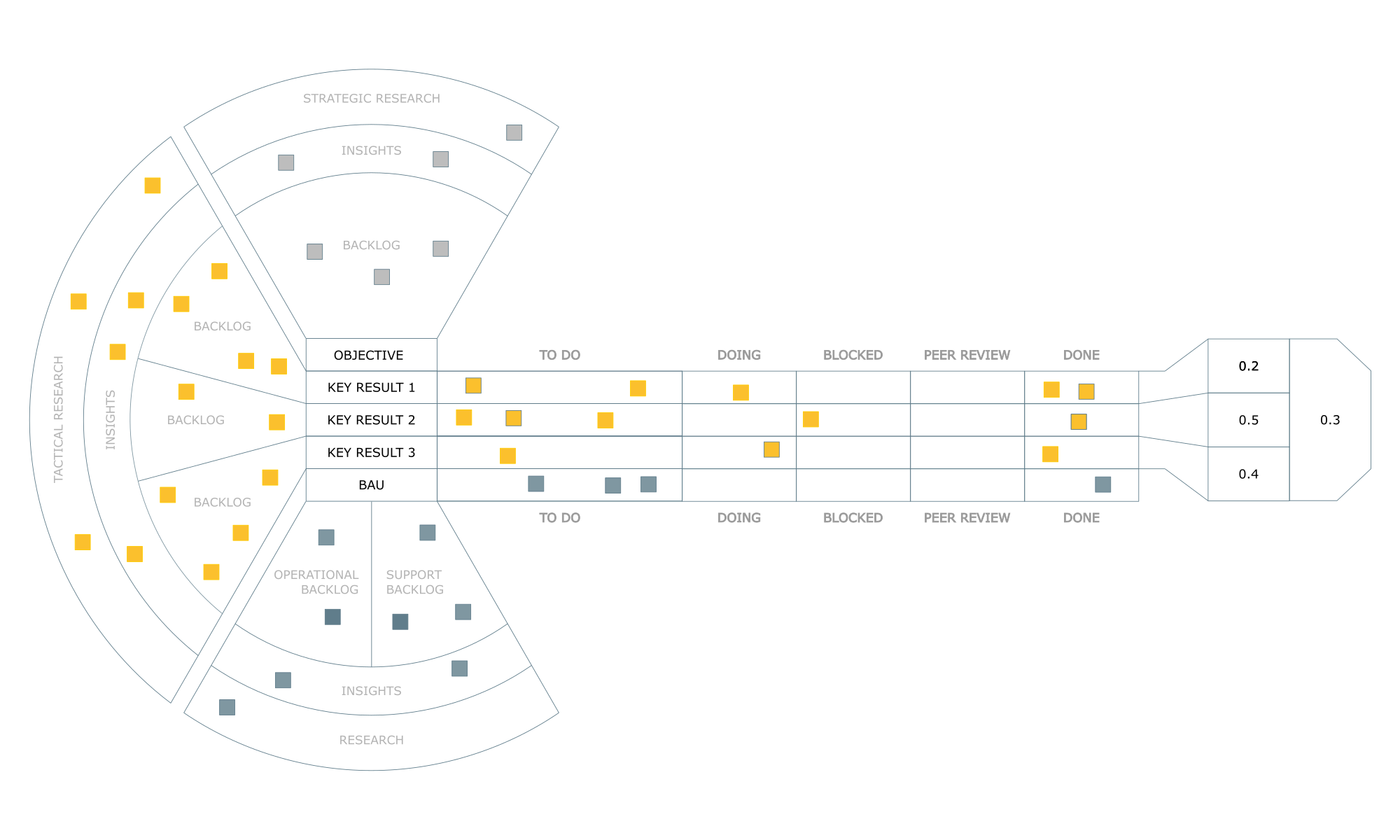
Actions and direction do not just come from thin air but instead are the fruits we reap from work earlier on in the process and it is my view that modern agile teams need to have an appreciation of where these are conceived, but more importantly, the impact the teams work has. As such, the Banjo Board is born; so named due to it’s visual likeness of a banjo. Before looking at the board itself, lets familiarise our self with the main sections of a banjo.
Banjo Overview
A banjo is comprised of 3 clearly identifiable sections:
The Pot / Body
The pot assembly is composed of various parts of the banjo. It begins with the foundational rim, the banjo head, a tension hoop, hooks and nuts to provide tension on the banjo head, the tailpiece, and the bridge
The Neck
The banjo neck is made of wood. The length of the neck will vary according to the type of banjo and the scale. Inlays on the front of the neck/fingerboard act as “landmarks” to help the player navigate the neck without having to count the frets during the course of play.
The Peghead
The top of the neck is called the peghead. This is because the tuning pegs are located in this area of the neck. At the base of the peghead you will find the “nut”, a small piece of ebony/plastic that has slots in it for the banjo strings. The nut is where the strings are aligned before they travel down the fingerboard of the banjo.

The Banjo Board
The Banjo Board is named as such due to it’s visual similarity together with some likeness’s in how it works. It will come in different shapes and sizes and my preference is to opt for the minimal look; needing to use my imagination. Here is a sample board overlaid on a image of the instrument.

This is a leap of faith but hopefully some take-aways will resonate. As with everything though, this will obviously need to serve a purpose but when it comes to visualising, ensure you and your team have fun with it. Below is an illustration where the peghead is visually improved to align more with the instrument
The Pot
In keeping with the instrument, this board also has 3 identifiable sections. Let’s kick off with the pot/body
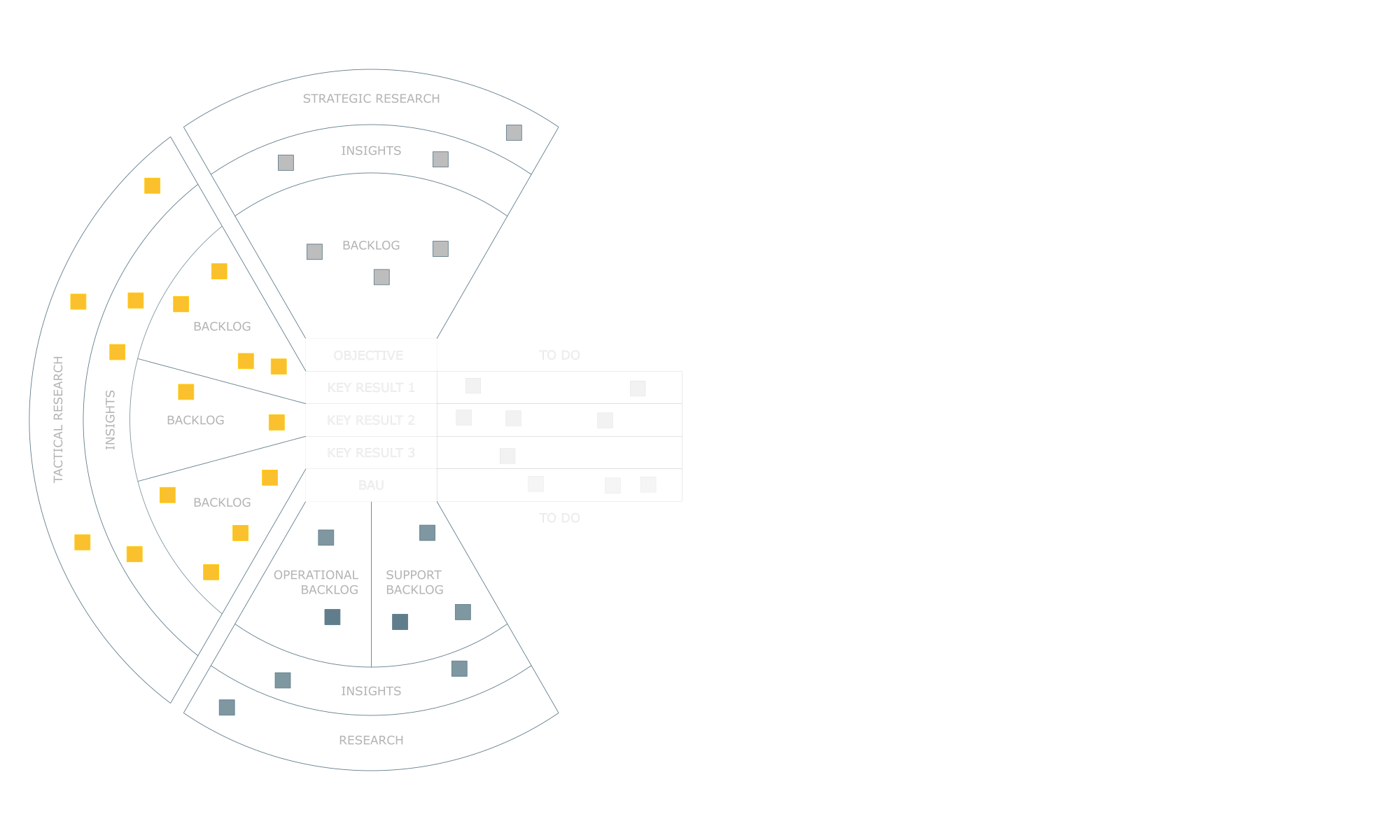
As with the banjo, the pot/body is a complex assembly with a number of parts and the pot on the board consists of 3 cones; one cone reserved for the future, one cone reserved for the current focus and one cone reserved for business as usual (operational & support)
A key component of the instruments’ pot is the tension hoop. The function of the tension hoop is to keep the banjo head tight and is adjusted until the desired tension is reached. Think of the tension hoop on the board as wrapping around the 3 cones in this example – there needs to be a healthy tension between all 3 cones.
The top cone is to conveys our current direction and our future.
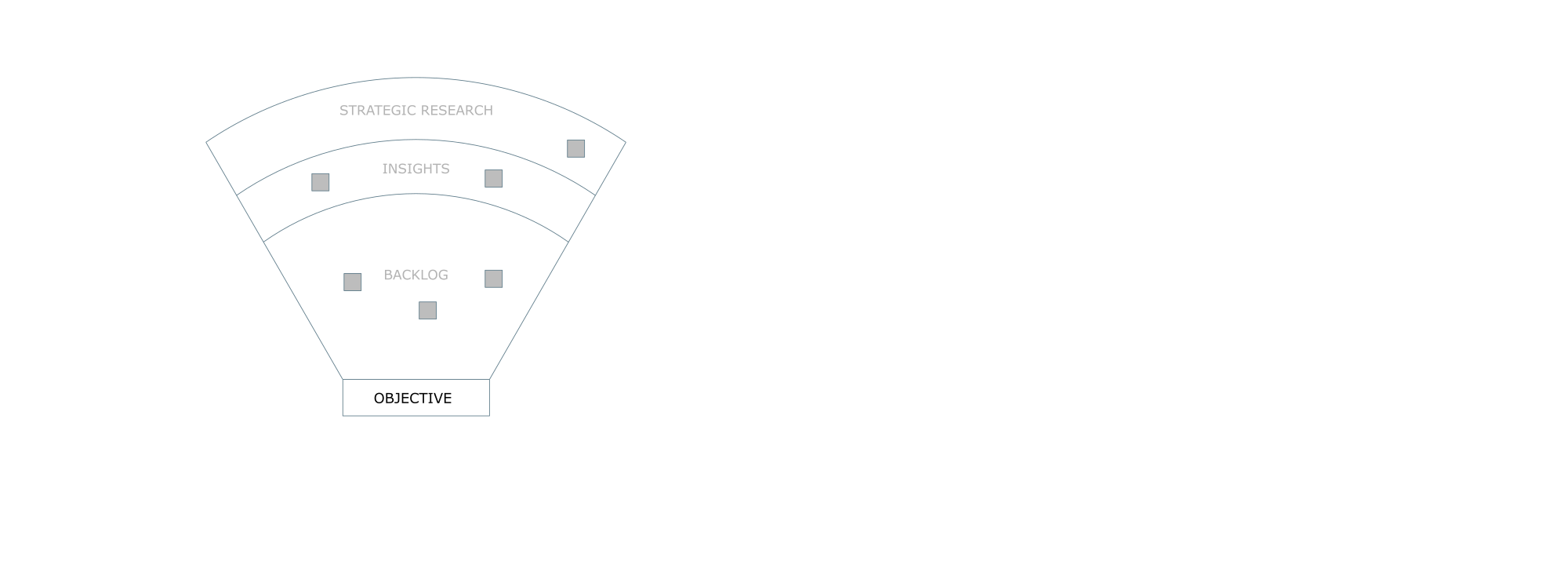
It will illustrate any strategical research that is happening, the insights gained from this and from these both, high level themes will emerge. These themes are not objectives but more of a broad compass point bearing on where we could explore in the future.
The middle code is to convey tactical activity.
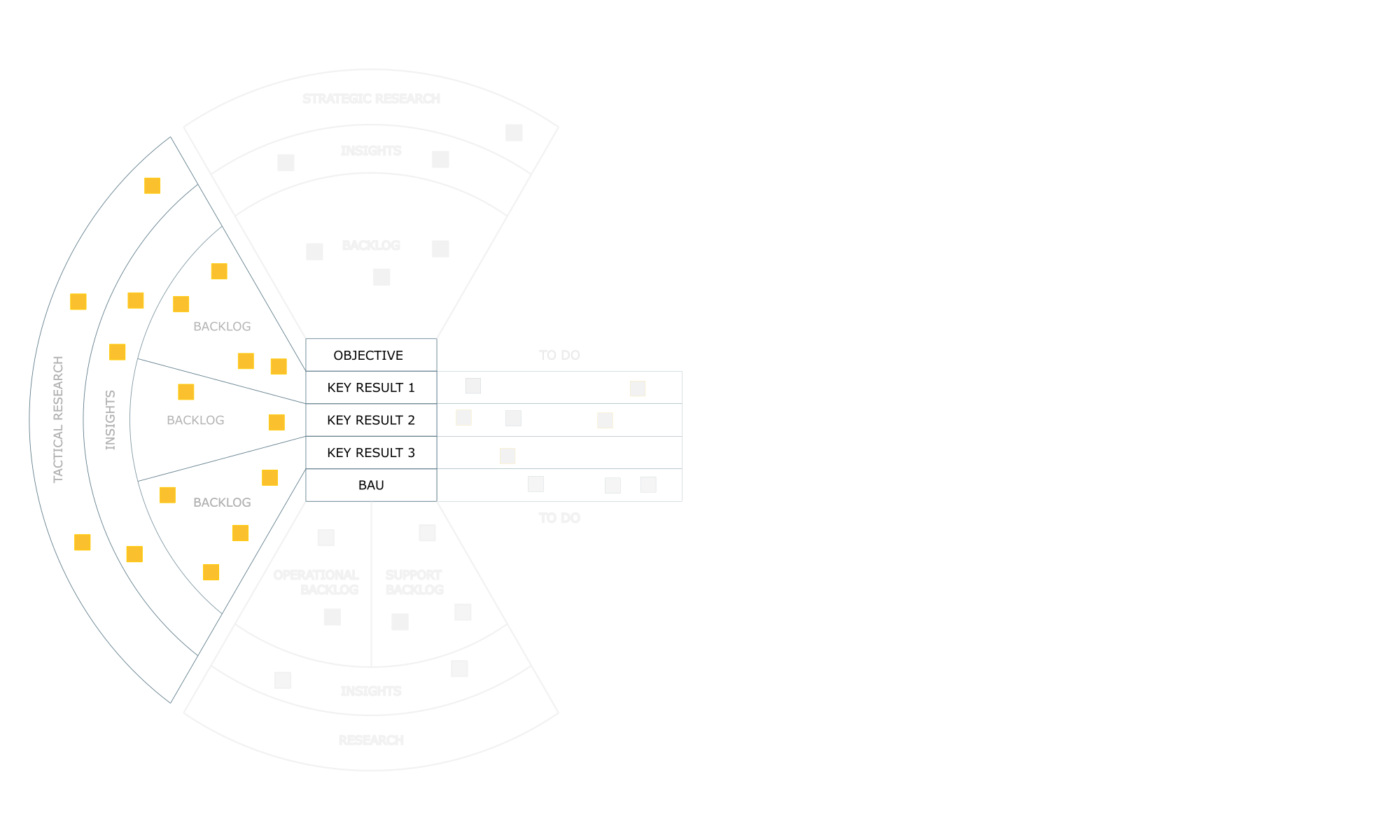
This will include ongoing tactical research along with the relevant insights. These insights will then in turn, prompt activities, initiatives and actions that will feed the backlog.
The bottom cone will help funnel business as usual activities.
These are (generally) both support activities and operational activities to keep the lights on and maintain a level maturity.
Calling back to the tension hoop, it is essential we keep a healthy tension between these 3 funnels
I want to call out the bridge specifically.

The banjo bridge does exactly as its name suggests, it forms a bridge for the strings to pass over the banjo head and transmits sound from your strings. The sounds here are the outcomes and impact from the objective, key results and possibly BAU.
The Neck
This section of the banjo board is visually similar to the neck of the banjo instrument.
On a banjo, the neck houses a fretboard where as on the board, this is where you would find the traditional Kanban setup. Just like the instrument through, the neck can vary in length; this flexibility in length accommodates different board setups and sizes.
The Peghead
The final part of the board is akin to the peghead on the instrument. The peghead houses the tuner pegs and it is these pegs that gives up the ability to apply the right string tension
On the board, this is where both the key results and objective are scored. Each key result is scored individually (0.4, 0.1 and 0.5 respectively) and the objectives’ score is the average across these.
These scores help us tune the overall board and will drive our approach in making progress.
Summary
The Banjo Board serves a variety of purposes. It fosters a transparent environment where a teams direction is clearly conveyed, the progress the team are making toward the objective, how the team are approaching the journey and what might be coming up next.
Direction and Possible future directions





